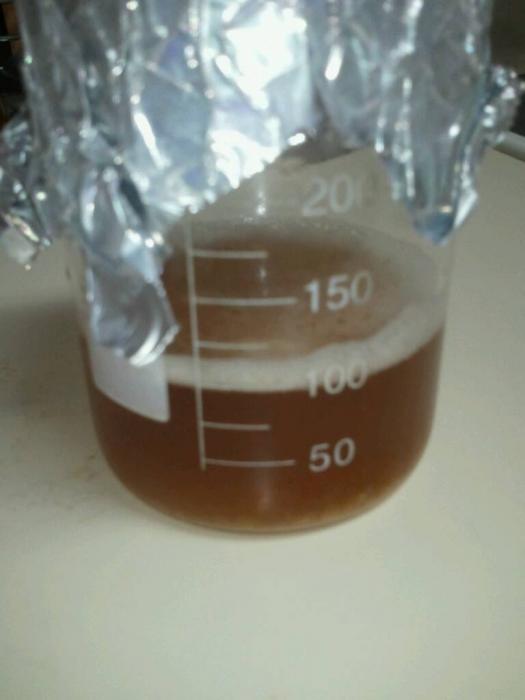NaymzJaymz
Well-Known Member
I notice that the author lists bottled water as the water source. Why is this? If the medium is being boiled to such a temp, why is the purified water need? Is the bottled water used for the medium only, or is it also used as the water the fills the pressure cooker too? Thank you.












